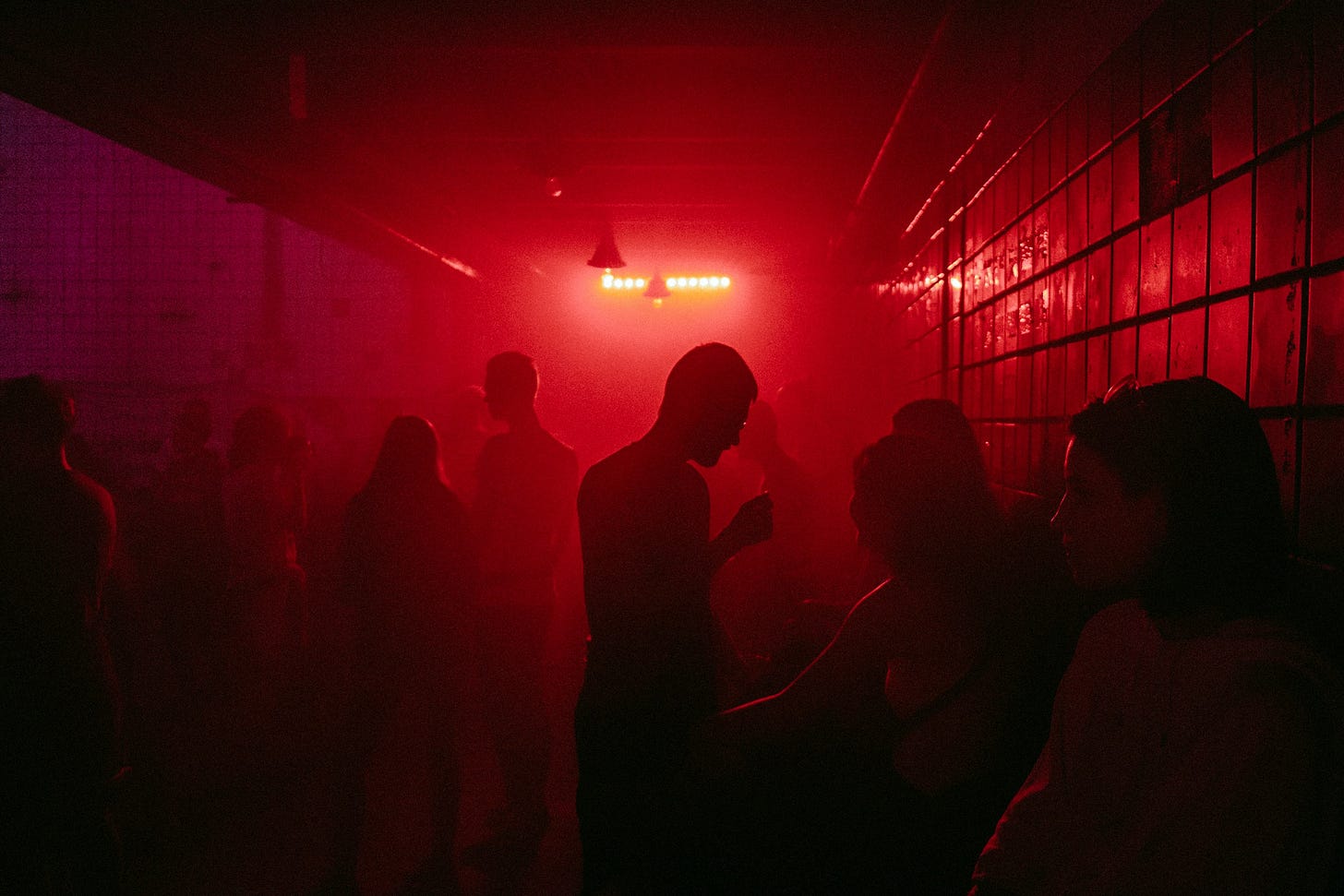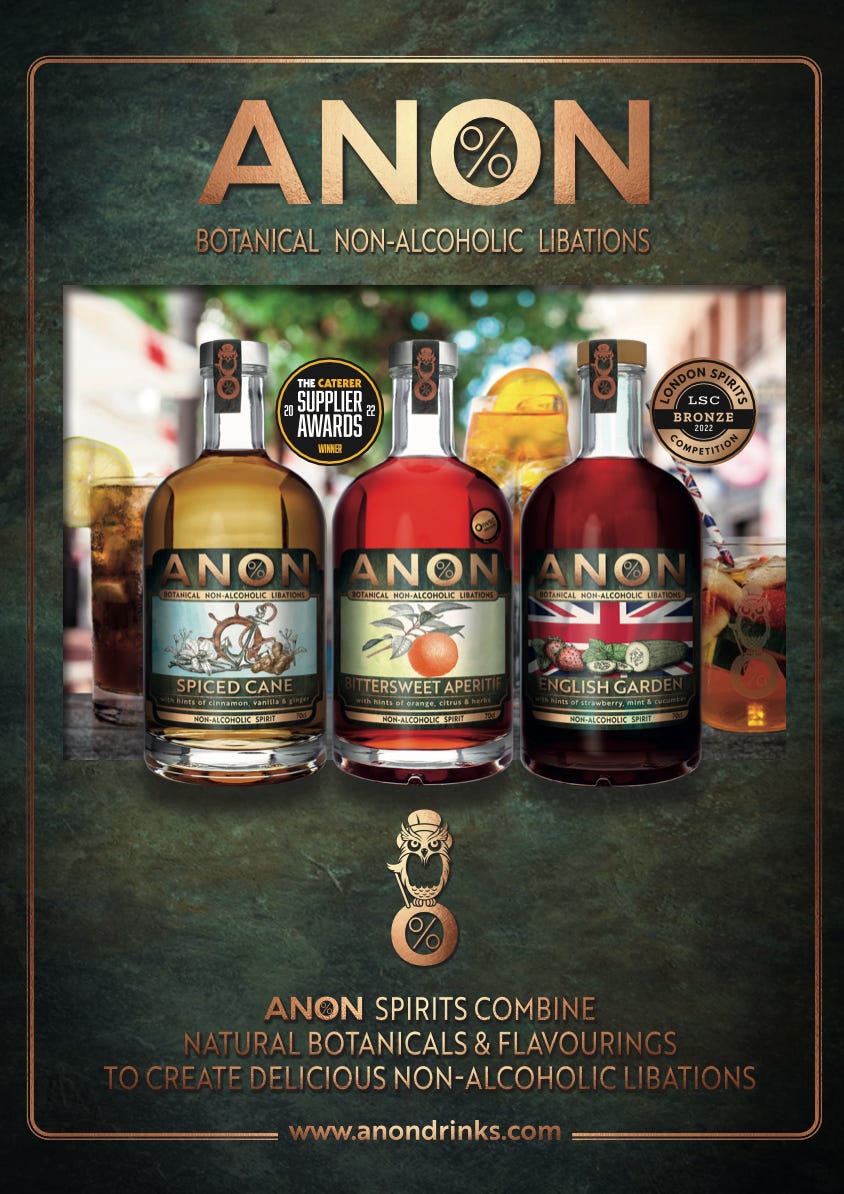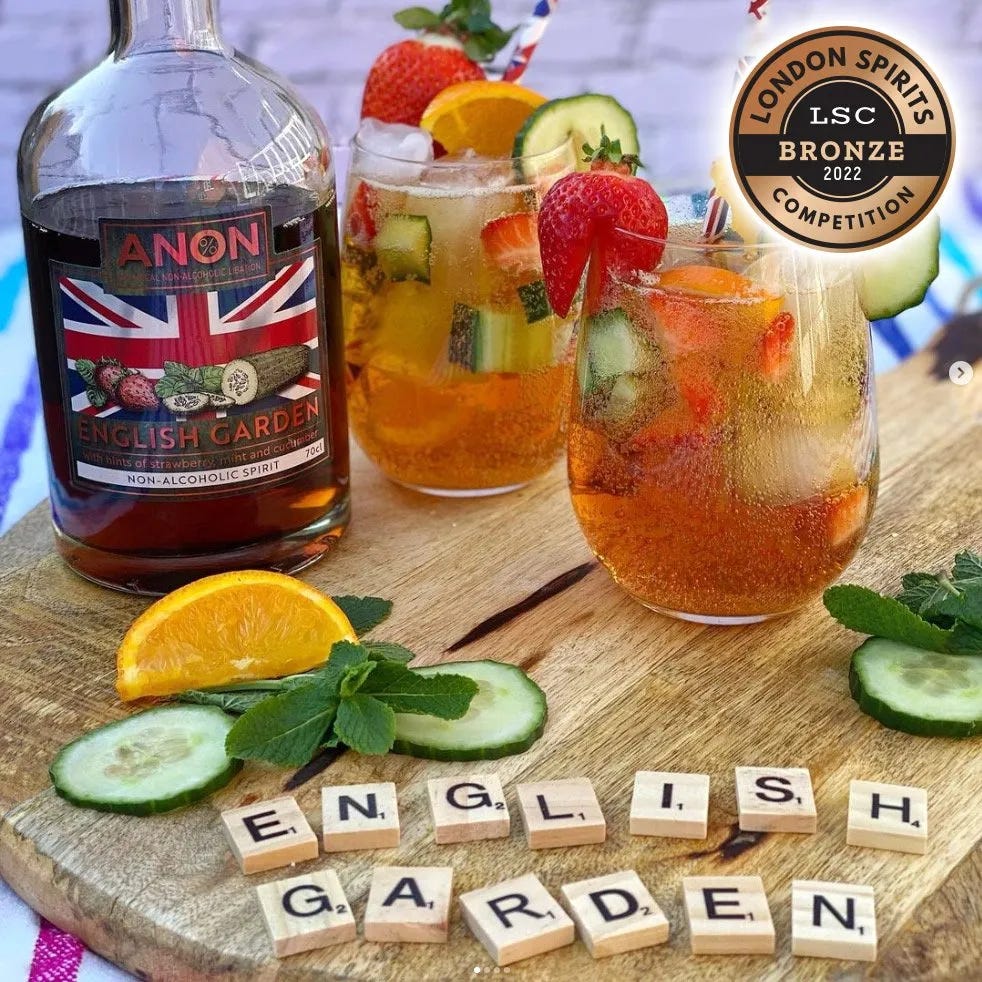Have you ever skipped a night out because you didn’t want to drink, but worried you might miss out if you stayed sober? You’re not alone. For many, alcohol has almost become synonymous with socialising - the default ingredient for fun, confidence, connection and a carefree night. This is especially true for students, where university life often revolves around pre-drinks and pub crawls. While some students still believe that getting drunk is part of university culture, a growing number are beginning to question it. In fact, 27% of students have chosen not to drink, according to a 2023/24 survey by SOS UK.
In response, the drinks industry is evolving. Global brands like Budweiser, Heineken, and Peroni have expanded their offerings to cater to a more mindful consumer base, while supermarkets are now dedicating more shelf space to alcohol-free options.
To better understand this shift, I spoke to a student who chose not to drink and has remained sober throughout her time at university. She described campus life to be heavily centred around drinking, so much so that when I asked her if she ever felt pressured to drink on a night out, she said that “in a sense yes, not by the people around me – by myself, as a kind of societal pressure not to be the only one not drinking in a group of friends.’’ However, when asked if having a non-alcoholic beverage brand aimed at students would be beneficial, and if this existed would she be more likely to go out – she said that “if there was a widespread non-alcoholic drink that kind of has the same essence or vibe of alcohol” and if it were available “in a bar or a pub,” she might feel more inclined to go out.
Image by Unsplash
The Industry Response
This is where Anon Drinks fits in - a LoNo brand that specialises in non-alcoholic drinks designed to replicate the real thing. To understand more about the brand’s origins and its place in this growing market, I spoke to Julian Ebbutt, Managing Director of Anon Drinks and its parent company, Alfresco Drinks.
We discussed the inspiration behind the brand, how they’re positioning themselves to attract a younger audience, and whether they’d be open to collaborating with universities and student unions in the future.
When asked how Anon Drinks stands out in comparison to other non-alcoholic drinks brands, Julian described how Anon Drinks focuses “on making sure that we don’t compromise the taste elements. We’ve got a huge amount of experience developing flavours and developing drinks, so we know what combinations of flavours work really well.” Julian emphasised Anon’s main aim: “what we’ve tried to do is just get as close as we can to the alcohol equivalent.” Anon would say to their customers “if you’ve tried the alcohol equivalent, then this is exactly how it should taste.” The team’s initial idea was “that people can use it to either completely abstain from alcohol or moderate their alcohol consumption.”
Image credit to Anon Drinks
Tapping Into a Younger Demographic
When asked if they would be open to targeting their products at a student demographic and collaborating with student unions and universities, Julian said that already their “anecdotal evidence would indicate that the demographic is much younger than we would have thought.” With the demand for non-alcoholic drinks having risen considerably in the last 15 years or so, Julian stated that “the explosion has been huge, and I don’t think there is an alcoholic drink that you can’t now get as a non-alcohol version.”
He also spoke about the importance of presentation and inclusivity in shaping the future of the LoNo drinks scene, especially in a student environment. “There’s a huge element of FOMO when drinking non-alcohol products,” he explained. “We’ve been very clear that…our marketing is all about presenting and serving the drink in exactly the same way as its alcohol equivalent. So that actually the person that’s drinking the non-alk version doesn’t feel like they’re the person in the corner with the Diet Coke.”
This commitment to parity – serving non-alcoholic options like a Pimm’s or a spritz with the same garnishes or presentation as the real thing helps normalise sober choices in social settings. Similarly to the student’s point of view, Julian highlights that it’s not necessarily the alcohol people are after at a social event or venue such as a club or a bar – it’s the experience, the atmosphere and the sense of inclusion.
Image credit to Anon Drinks
Julian pointed to Pimm’s as an example of this, he believes that people aren’t necessarily drinking it for the alcohol, but more for the experience.
“People aren’t necessarily drinking it for the alcohol, it’s more about the experience – being outside on a summer’s afternoon and it’s a nice day and they want a nice, long, refreshing drink. Particularly if you’re at a wedding or a social event, I don’t necessarily want three or four glasses of full-strength alcohol, so actually having a viable, great tasting alternative,” is ideal.
Image credit to Anon Drinks
As younger people continue to increase the demand for more mindful consumption, the LoNo category of drinks expands, becoming less niche and more of a necessity. For drinks brands, this is more than a passing trend – it’s an opportunity to redefine how alcohol-free products are positioned. Whether through better product design, more inclusive marketing, or direct engagement with student spaces, the brands that recognise this shift early on will be the best placed to shape a more inclusive and less vulnerable environment at any type of social event or night out where alcohol is involved.
The message is clear: there are more consumers that value choice – and the drinks industry can no longer afford to overlook them.





